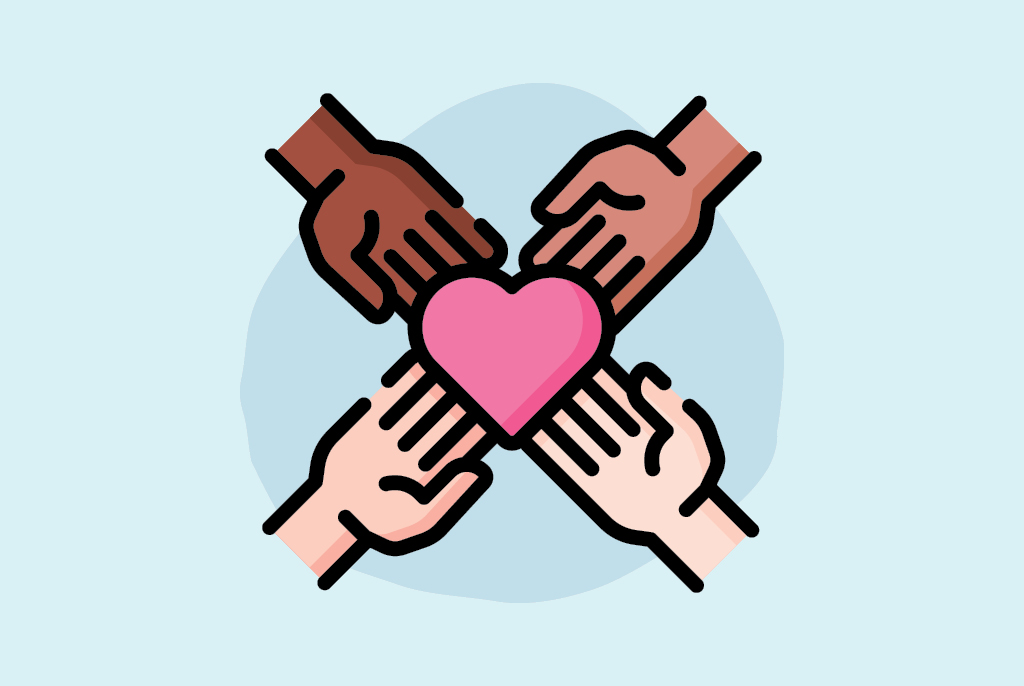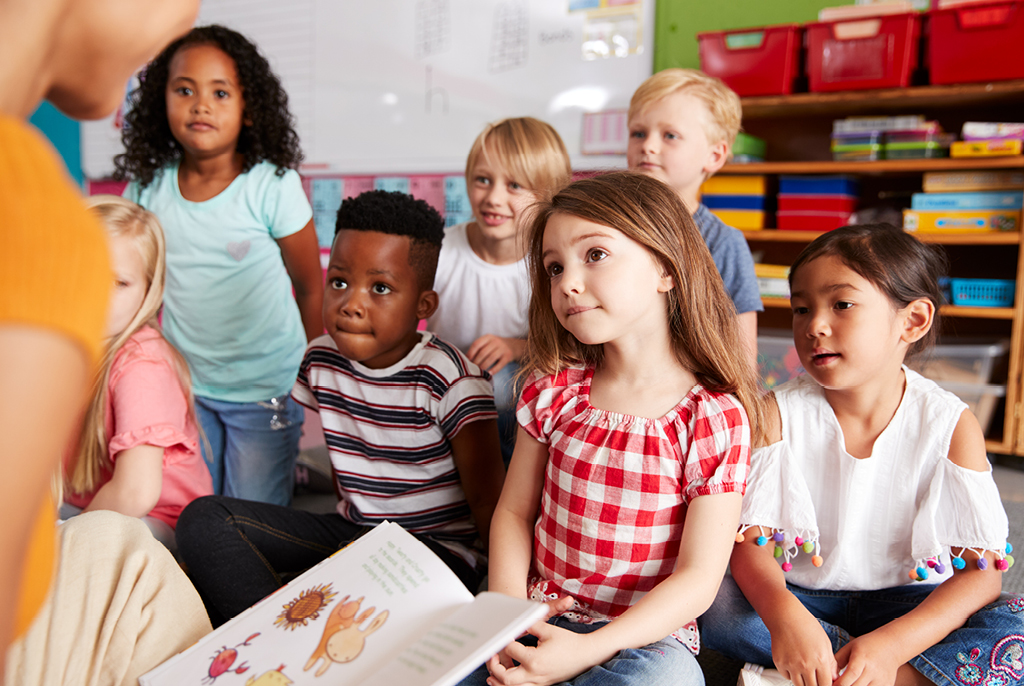
Step Up To Quality Stories
How to Talk to Young Children About Race
Research has proven again and again: the first five years of a person’s life are the most formative.
The first several years of life build a base for future health and life success, including how to relate to the rest of the world. It’s up to the adults in a child’s life as to whether that foundation is strong or unsteady.
This is the period where our brain develops the most. It’s when our personalities start to emerge; it’s when we learn how to learn. It’s when we begin to cultivate empathy, compassion, respect and other emotional intelligence traits that are important later in life.
Which is why it’s never too early to start teaching young children – even babies – about the world around them. This includes talking to them about race.

Talking to Babies About Race
While infants are born without bias, they do notice skin color, and racial bias has been shown in babies as young as six months old. Experts say one of the best things adults can do is expose babies to a variety of people, situations, environments and cultures.
In other words, normalize diversity.
If you live in a homogenous area, be intentional about the media you and your child consume. Do the shows you watch, the books you read, the music you listen to, the news you pay attention to, the art you display, the food you eat, the people you follow on social media, etc. represent a variety of voices, perspectives and ethnicities?
Another way to introduce babies to people who look different from you is to travel. This may mean to a different neighborhood or another country or anything in between. Think about the places you go and the faces you see every day. If they all look the same, your baby might think the only color of skin in the world is the one in the mirror.
Talking to Toddlers About Race
Toddlers are naturally curious about the world – so let your child know it’s OK to ask questions. It’s OK to notice skin color and race. In fact, these conversations should be encouraged, and, even more so, it’s important to convey that differences are good, interesting and fun to learn about.
Children this age are also little mimics, so it’s especially important to role model your words and behaviors for them.
One way to start a conversation about race is to begin with your own. Talk about your culture(s) and what makes your family special. Start a self-love journey with your child and emphasize that all people have similar stories about their own families.
Talking to Preschoolers About Race
Preschoolers tend to create sets of rules and connect ideas to begin to make sense of the world, and sometimes these rules and ideas are incorrect. Watch for statements that link race with value judgements and gently ask questions to correct them, like “Why do you think that?” or “What makes you say that?” You can talk about stereotypes and come up with examples with your child to prove they aren’t true.

Talking about race isn’t a one-time event. Look for teachable moments in everyday life and be prepared to not have all the answers. It’s OK to pause conversations to find more information. It’s also important to teach humility and teach-ability – learning about people (including ourselves) is a lifelong pursuit. Being open-minded is crucial to growth at all ages.
